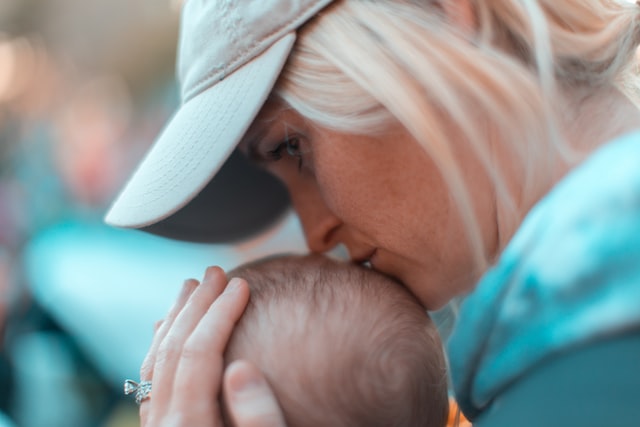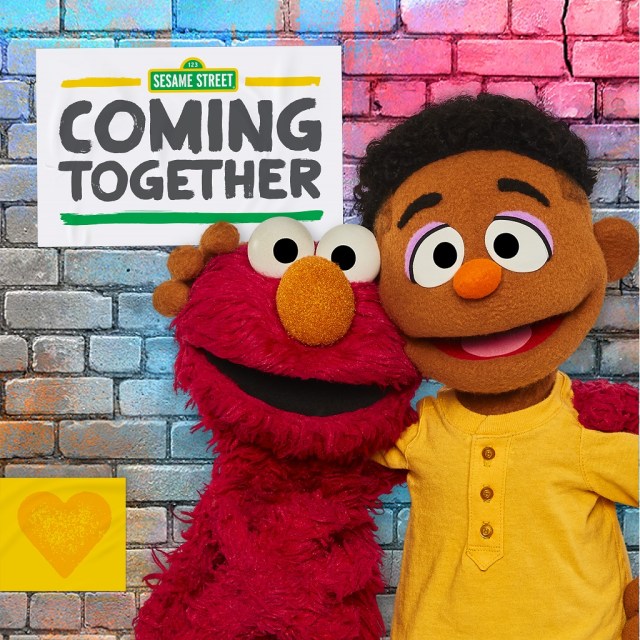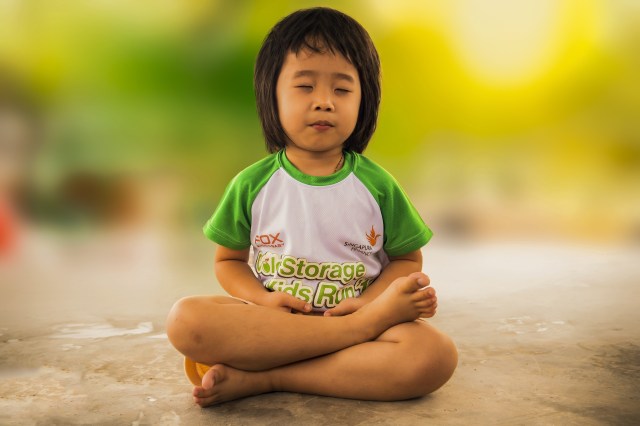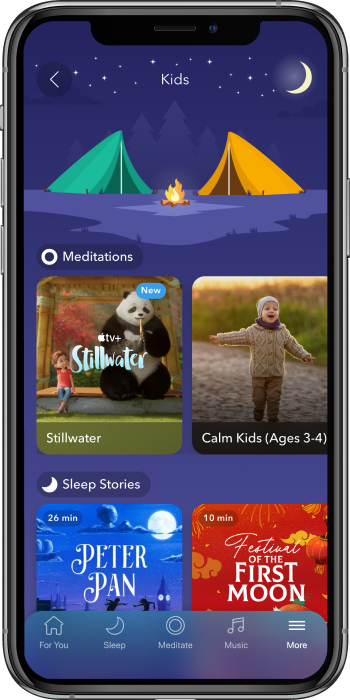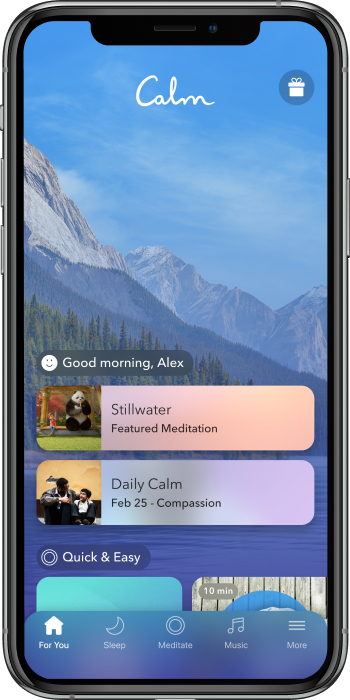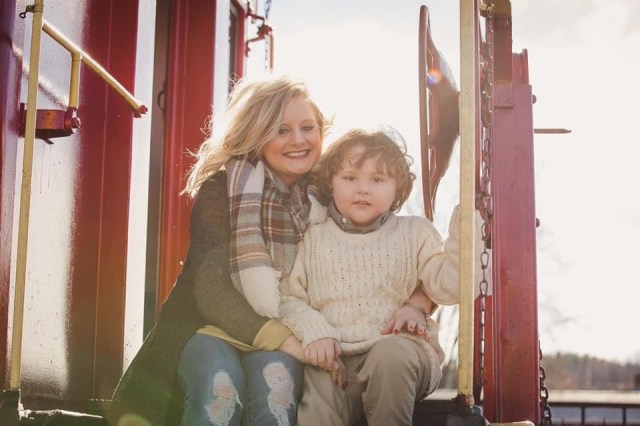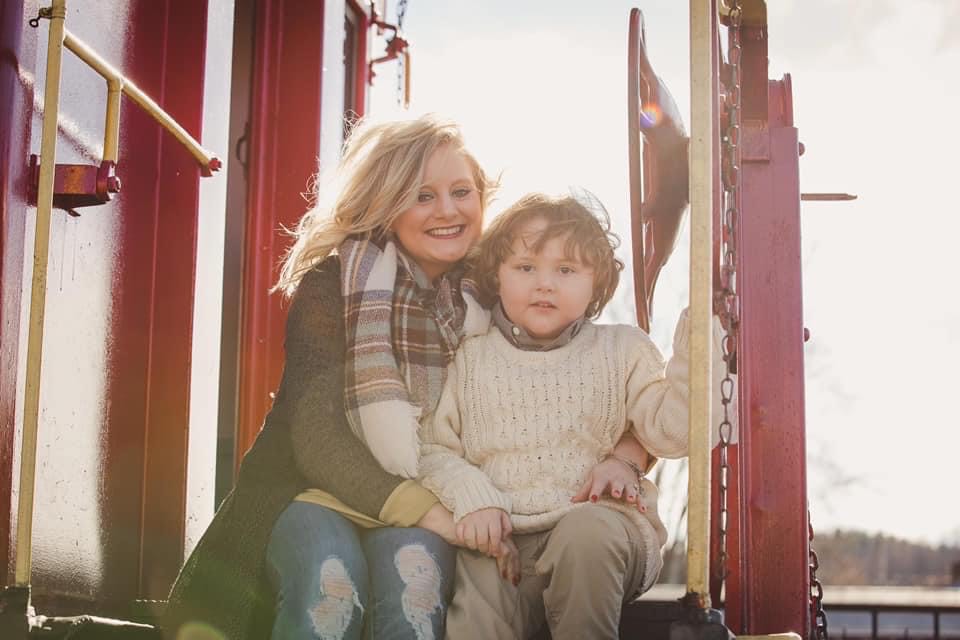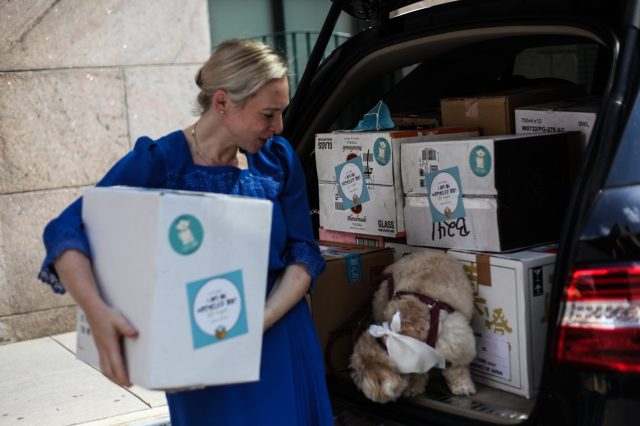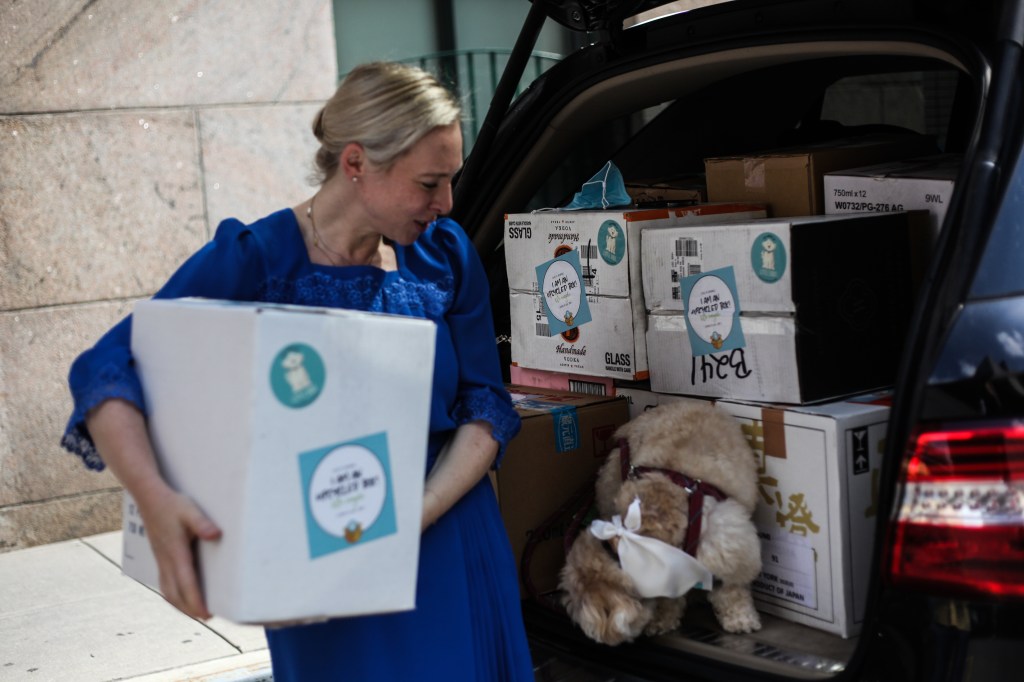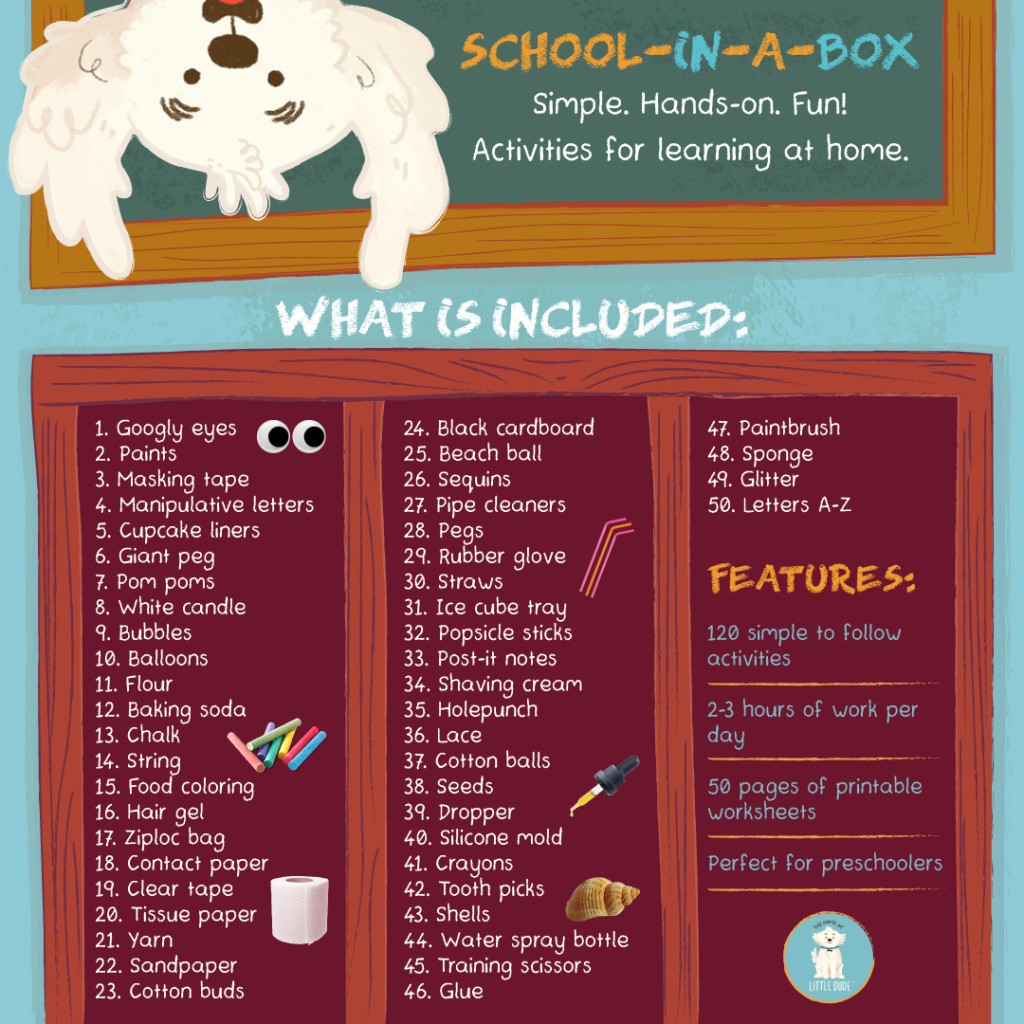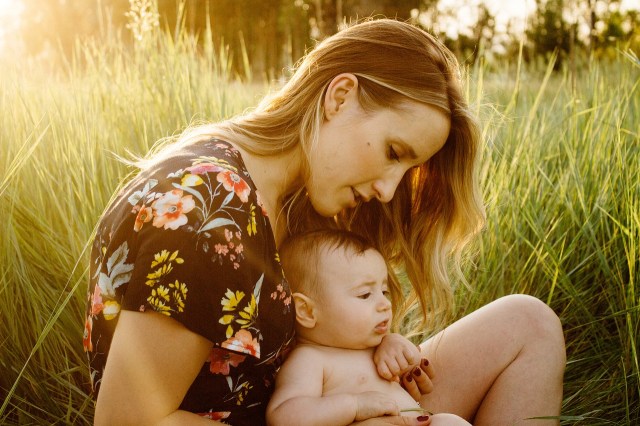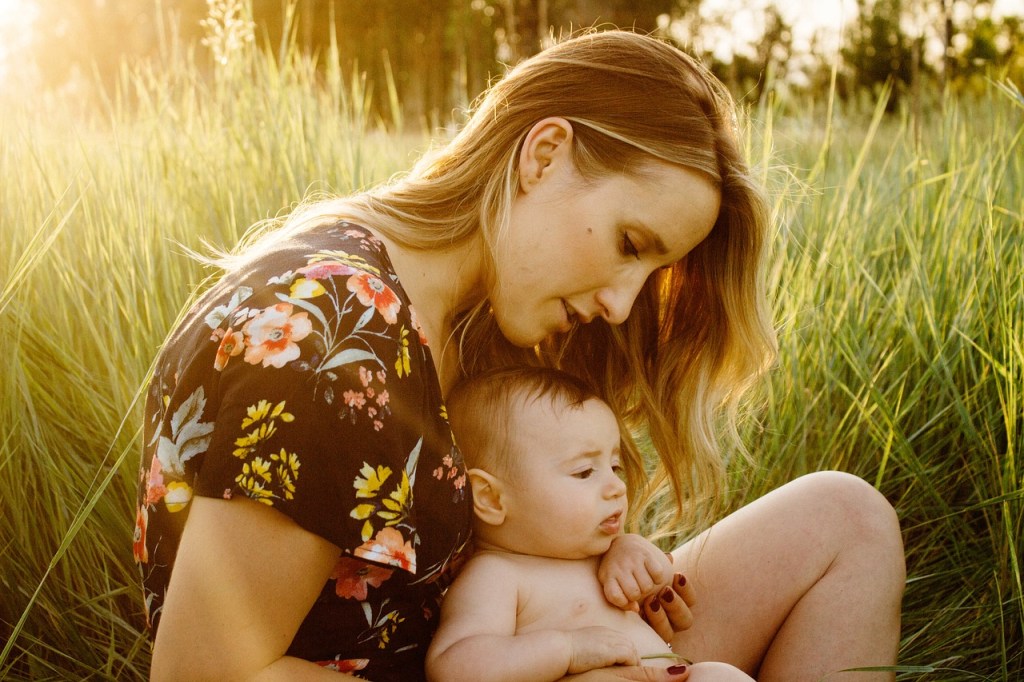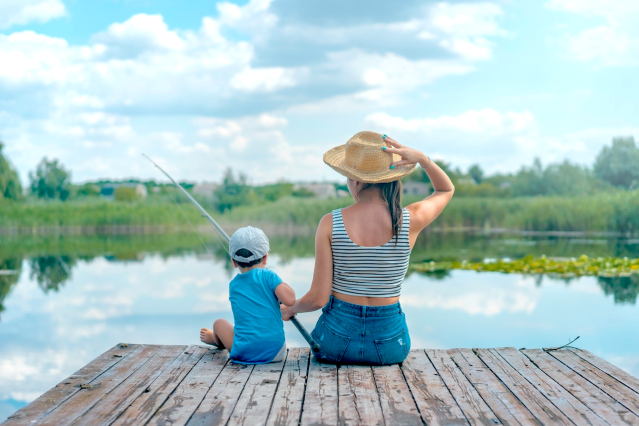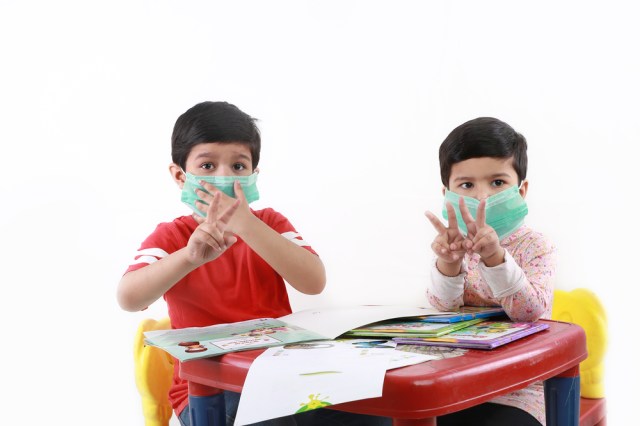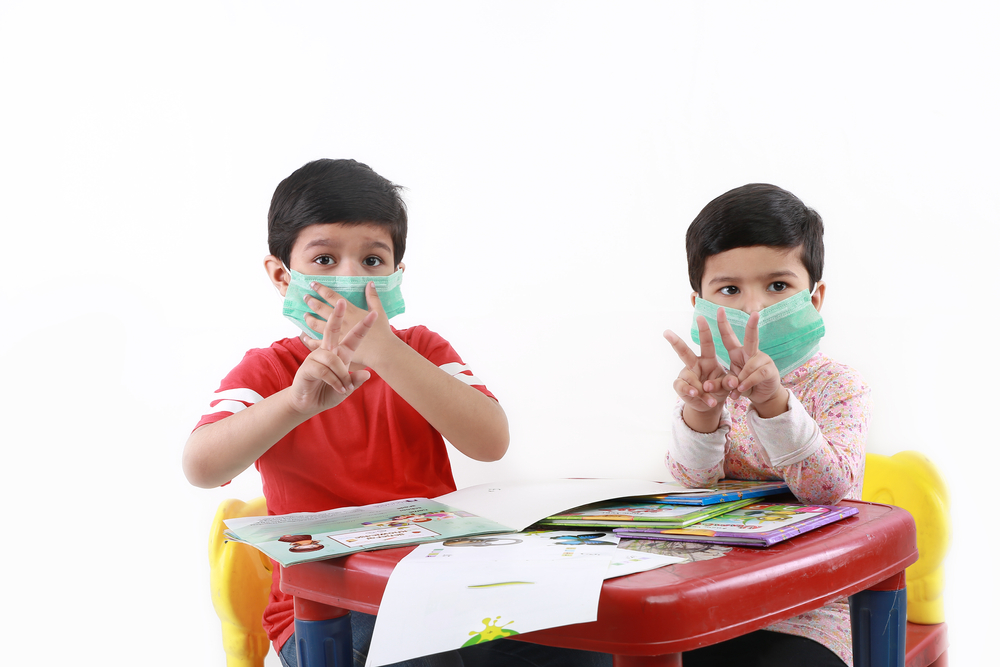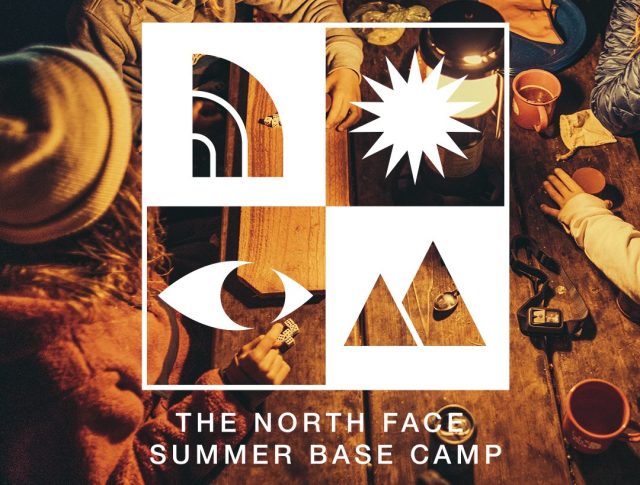Whether you’re a brand new parent, you’ve been a parent for a while or you’re looking to plan for your future child’s future, there are so many ways you can plan for your child to have a great life both in your care and as they grow and learn about the world around them. While you might be thinking about financial planning, life planning or some other form of planning, you can form a well-rounded plan that covers all of the necessary bases to set your child up for success.
While of course, you can’t plan out your child’s entire life while they’re still young, eventually they’ll grow up to become their own person, and your job as a parent is to guide them towards that future. By showing them along the way how to care for themselves, making the preparations you need to help them while building a positive home environment, you can prepare and plan for your child’s future in all the ways that truly count. From the financial to the emotional, here are 8 unique ways you can plan for your child’s future.
1. Get Involved in Their Education
One of the best ways to give your child a good future is to ensure that they’re learning to their highest potential. From teaching them to read when they’re younger to helping them with their homework and class selection as they get older, getting involved in their education can help your child make the most of every opportunity. When the time comes to look at colleges and decide what they want with their future, they’ll be able to go at it fully prepared and ready, thanks to you.
2. Build Positive Communication Skills
Part of growing into a positive life is learning to have positive relationships with others, and that all begins at home. As a parent, teaching your children about effective communication skills can set them up for success in all areas of their lives going forward.
3. Start Financial Planning
Everyone talks about how kids can be expensive, and planning for that fact can be one of the best ways for you to prepare yourself and provide for your children as best as possible. Specifically, learning how to budget and setting financial goals for the future can help you set up for your kids financially, whether you want to put them through college, help them into adulthood or anything they might need.
4. Build a Support Network
It takes a village to raise a child, and in order to do that, you need to build that village. You want your children to be surrounded by supportive people who love and care for them, and the best way to start them on that path is to involve great people in raising them. That way, they’ll always have someone to turn to when they need, even if that person isn’t you.
5. Start Forming Your Will
While planning for the day you might not be here anymore isn’t a fun activity, it’s a part of being responsible in the care of your child. If you don’t have a will, making one should be your top priority when you have children. Naming a guardian you trust, deciding what happens to your assets and planning for any possible scenario is what needs to happen when you have kids in the picture.
6. Open a College Fund
Similar to saving and forming your will, another way you can financially prepare for your child’s future is by opening up a college fund. While you don’t need a huge amount of money to open an account, even small sums can grow over time. It’s never too early to start thinking about how you want to provide an education for your kids.
7. Engage in Extracurricular Activities
But what about helping them figure out what they want to do when they grow up, learning hobbies and passions and skills? That’s where activities come in. While, of course, extracurricular activities aren’t the end-all-be-all of planning for your child’s future, they can help your child figure out what they like and remind them to work hard and stay committed to their goals.
8. Show Them Self Care Strategies
Self care is an important life skill that your child can take with them everywhere they go. When you instill those values into your children from a young age, they’ll be more likely to grow into healthy, well-adjusted adults one day.
There are so many ways to ensure that your child has a bright future ahead of them. From preparing financially to getting involved in their education and teaching them life skills, you can truly set your kids up for success from the day they’re born. Your kids deserve the amazing future you have the power to give them.
